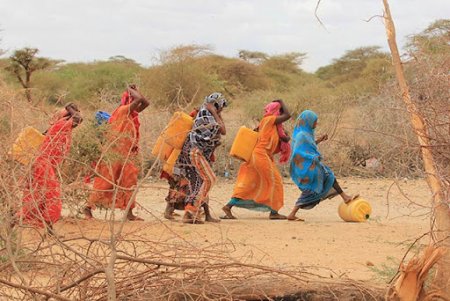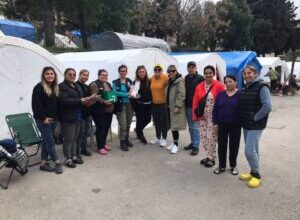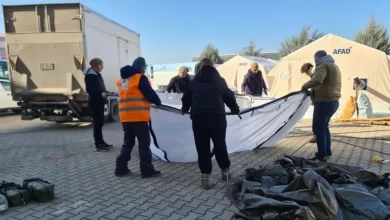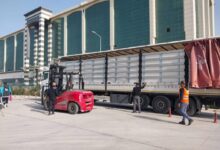
Nearly 3.5 million people across Somalia are expected to face food consumption gaps or depletion of livelihood assets indicative of Crisis (IPC Phase 3)1 or worse outcomes through the end of the year, in the absence of humanitarian assistance. The key drivers of acute food insecurity in Somalia include the combined effects of poor and erratic rainfall distribution, flooding and conflict. Moreover, approximately 1.2 million children under the age of five are likely to be acutely malnourished, including nearly 213 400 who are likely to be severely malnourished. It is likely that sustained, large-scale humanitarian food assistance and government support since January 2021 have mitigated the magnitude and severity of food insecurity. Despite minimal damage in early to mid-2021, Desert Locust will continue to pose a serious risk to both pasture availability and crop production across Somalia. Available forecasts indicate an increased likelihood of below-average rainfall during the 2021 Deyr (October-December) season across most of the country, which would adversely affect food security and nutrition outcomes. These findings are based on the 2021 post-Gu seasonal food security and nutrition assessment conducted across Somalia in June and July 2021. The assessment and the subsequent analyses were jointly led by the Food Security and Nutrition Analysis Unit (FSNAU, a project managed by the Food and Agriculture Organization of the United Nations) and the Famine Early Warning Systems Network (FEWS NET, a project funded by USAID) with the active participation of government institutions, UN, and NGO partners.
A delayed start, early end, and erratic rainfall distribution characterized the April to June 2021 Gu rainfall season. As a result, cumulative rainfall was below the 40-year average across much of the country, especially in central and southern Somalia. The poor rains led to below-average Gu crop production in southern Somalia and poor crop harvest prospects in agropastoral livelihood zones in the Northwest. Although heavy rains between late April and mid-May partially replenished pasture and water resources, these resources are inadequate to support normal livestock production until the start of Deyr season rainfall in October. Furthermore, floods caused further population displacement and damaged crops and farmland in riverine areas of Hiiraan, Shabelle, and Juba regions. 2021 Gu season cereal production in southern Somalia is estimated at 48 900 tons, which is 60 percent below the 1995-2020 average, mainly due to poor and erratic rainfall, insecurity, river floods and shortage of farm inputs. In the Northwest, 2021 Gu/Karan cereal production, which will be harvested in November, is estimated at 14 500 tons, which is 63 percent below the 2010-2020 average, mainly due to poor and erratic rainfall.
Source: FEWS, NETFSNAU







